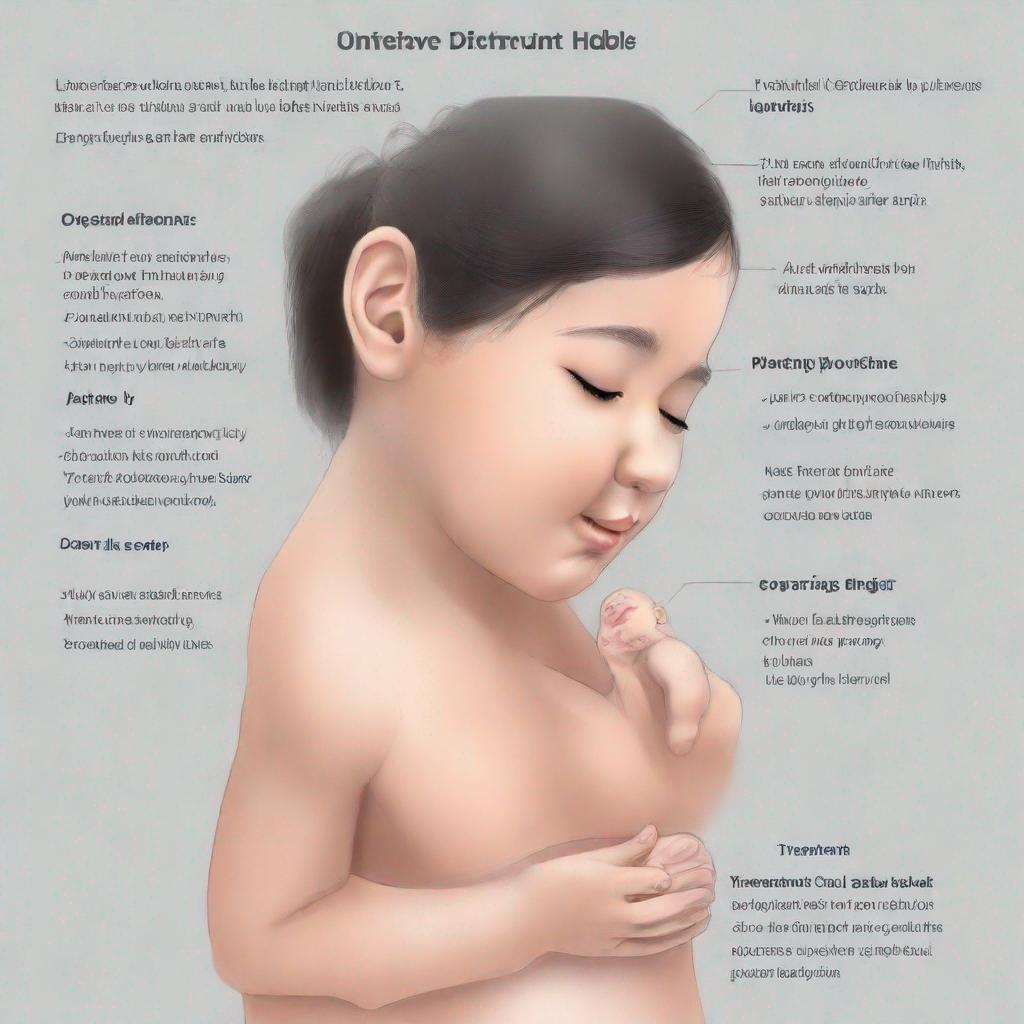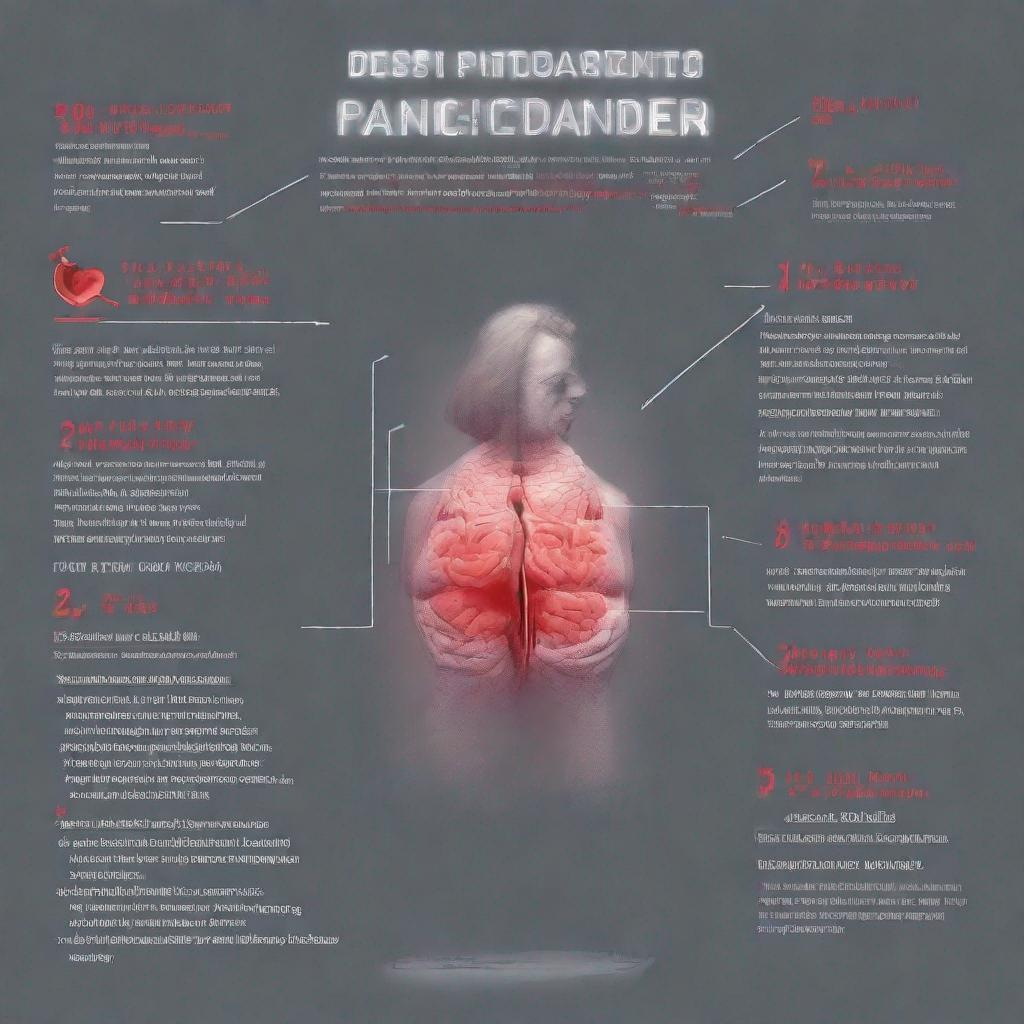## Understanding Obstructed Labor: Symptoms, Diagnosis, and Treatment
### Introduction
Obstructed labor occurs when the baby’s passage through the birth canal is obstructed. This can be due to a variety of factors, including the mother’s pelvic structure, the size of the baby, or the baby’s position.
### Symptoms
Symptoms of obstructed labor include:
– Prolonged labor
– Inability to push the baby out
– Maternal fatigue
– Fetal distress
– Meconium-stained amniotic fluid
### Diagnosis
To diagnose obstructed labor, a doctor will typically:
– Perform a physical examination to check for signs of obstruction, such as a large baby or narrow pelvis
– Monitor the progress of labor and the baby’s heart rate
– Order an ultrasound to assess the size and position of the baby
### Prevention
There is no sure way to prevent obstructed labor, but certain factors can increase the risk, including:
– A history of obstructed labor
– Cephalopelvic disproportion (CPD), which is a condition in which the baby’s head is too large to fit through the mother’s pelvis
– Fetal macrosomia, which is a condition in which the baby is too large
– Malpresentation, which is a condition in which the baby is not in the optimal position for delivery
### Doctors Typically Involved
The following types of doctors are typically involved in treating obstructed labor:
– **Obstetricians** specialize in pregnancy and childbirth and are typically responsible for overseeing labor and delivery.
– **Midwives** are healthcare professionals who are trained to assist with pregnancy and childbirth.
– **Nurses** provide care and support to mothers and babies during labor and delivery.
### Treatment
Treatment for obstructed labor may include:
– **Oxytocin** to stimulate uterine contractions
– **Prostaglandins** to soften and ripen the cervix
– **Manual dilation and extraction (MDE)** to manually dilate the cervix and remove the baby
– **Uterine incision** to create an opening in the uterus to deliver the baby
### Complications
If left untreated, obstructed labor can lead to serious complications for the mother and baby, including:
– **Uterine rupture**
– **Postpartum hemorrhage**
– **Vesicovaginal fistula**
### Conclusion
Obstructed labor is a serious condition that requires prompt medical attention. By understanding the symptoms, diagnosis, prevention, and treatment of obstructed labor, women can help ensure a safe and healthy birth for themselves and their babies.
**Keywords:**
– Body Parts: Pelvis, Birth canal, Uterus, Cervix, Vagina, Perineum
– Conditions: Cephalopelvic disproportion (CPD), Fetal macrosomia, Malpresentation, Uterine rupture, Postpartum hemorrhage, Vesicovaginal fistula
– Symptoms: Prolonged labor, Inability to push the baby out, Maternal fatigue, Fetal distress, Meconium-stained amniotic fluid
– Procedures: Cesarean delivery, Vacuum extraction, Episiotomy, Forceps delivery



